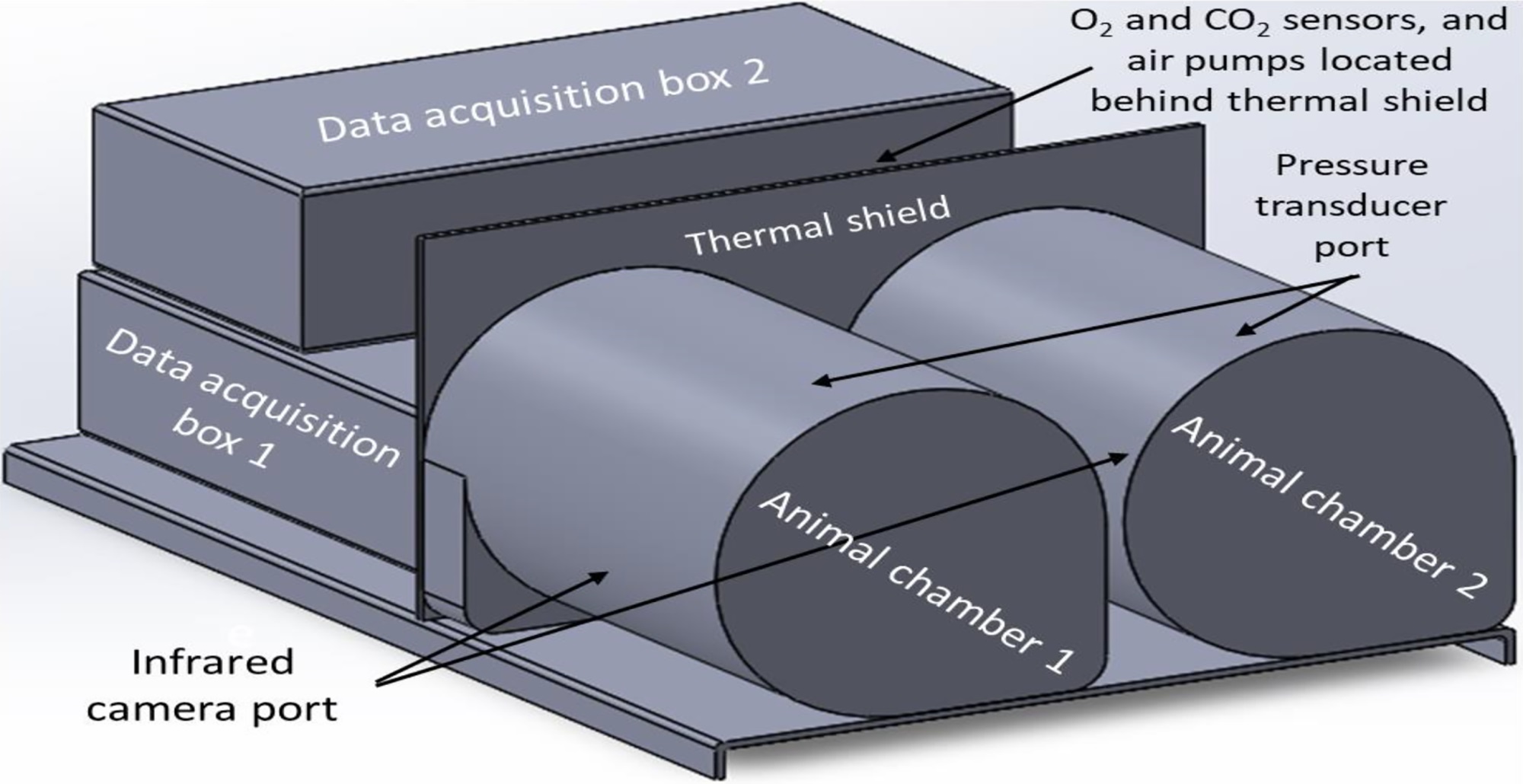In the next fifteen years, NASA, China, and SpaceX will make the next great leap in space exploration by sending the first crewed missions to Mars. This presents many challenges, not the least of which is distance. Even when they are closest to each other in their orbits (aka. when Mars is in Opposition), Mars can still be up to 55 million km (34 million mi) from Earth. Using conventional propulsion (chemical rockets), a one-way transit can last six to nine months, which works out to a total mission time (including surface operations) of about three years.
That’s a very long time for people to be in microgravity, not to mention exposed to solar and cosmic radiation. To address this, NASA is investigating advanced propulsion methods that will reduce transit times and hibernation technologies that will allow crews to sleep through most of their voyage. This year, the NASA Innovative Advanced Concepts (NIAC) program selected the Studying Torpor in Animals for Space-health in Humans (STASH) experiment, a new method for inducing torpor developed by Ryan Sprenger and colleagues at the California-based biotechnology firm Fauna Bio Inc.
Today, there is a growing field in biotechnology where unique mammalian traits are being investigated and used to develop novel therapeutic agents. This includes the phenotype of hibernating mammals, which are currently being investigated for human health applications here on Earth. But as Ryan Sprenger and his team indicate in their proposal, these benefits also have applications for space exploration, which include mitigating the associated physical and mental health risks. And for long-duration missions to Mars and beyond, these risks are legion!
Ongoing research aboard the International Space Station (ISS), such as NASA’s famous Twin Study, has shown how extended periods in microgravity can take a significant toll on human health. This includes muscle atrophy, bone density loss, and effects on organ function, eyesight, cardiovascular health, and the nervous system. Another major issue is the need for resupply, which can be accomplished in a matter of hours for the ISS but would take six to nine months where crewed missions to Mars are concerned.
There’s also the prospect of spending months in a cramped spacecraft, which is bound to take a toll on the crew, and the problem of waste management along the way. Under these circumstances, NASA and other space agencies are considering placing crews in a state of hibernation for their journey. This would ensure that the crew arrives at Mars in a healthy state and is prepared for the months of surface operations that will follow. The essential feature, writes Spenger and his team, is “an energy-conserving state called torpor” that involves a deep reduction in metabolism.
To this end, they have proposed an experiment called “Studying Torpor in Animals for Space-health in Humans” (STASH), a hibernation laboratory for use aboard the ISS. This unit is being developed in collaboration with the BioServe Space Technologies College of Engineering and Applied Science at the University of Colorado Boulder to be integrated into the Space Automated Biological Laboratory (SABL). The experiment consists of two chambers that will house test rodents, maintaining temperatures as low as 4° C (39° F) to induce torpor.
The system will have instruments that measure the animals’ metabolism in real-time by monitoring their oxygen consumption, body temperature, and heart rate. The short-term goals of the STASH include investigating hibernation science in a microgravity environment, which includes determining if hibernation provides the expected protection against bone and muscle loss. The medium-term goals include testing bioactive molecules that mimic the gene expressions of hibernation and evaluating methods of inducing synthetic torpor.
The long-term goal, they write, is to develop applications for deep space missions:
“[D]uring a crewed mission to Mars, human synthetic torpor could act as a relevant countermeasure that would change everything for space exploration, mitigating or eliminating every hazard included in NASA’s RIDGE acronym for the hazards of space travel: Space Radiation, Isolation and Confinement, Distance from Earth, Gravity Fields, and Hostile/Closed Environments.”
As Sprenger and his colleagues noted, there is a critical gap in our understanding of hibernation and its potential applications for human spaceflight. Currently, the infrastructure needed to study torpor in space does not exist, and hibernation in microgravity has not yet been studied. In this respect, STASH will serve as a pathfinder, laying the groundwork for future studies that could lead to hibernation systems for deep space missions. With Phase I development funding secured through the NIAC program, the team is excited to take the first steps. As they summarized in their proposal:
“Research performed using STASH will be an essential first step toward acquiring fundamental knowledge about the ability of hibernation to lessen the health risks of space. This knowledge will inform the development of both biomimetic drug countermeasures and the future infrastructure needed to support torpor-enabled human astronauts engaged in interplanetary missions. We feel that STASH is the epitome of the high-risk, high-reward projects for which NIAC was established.”
Further Reading: NASA

